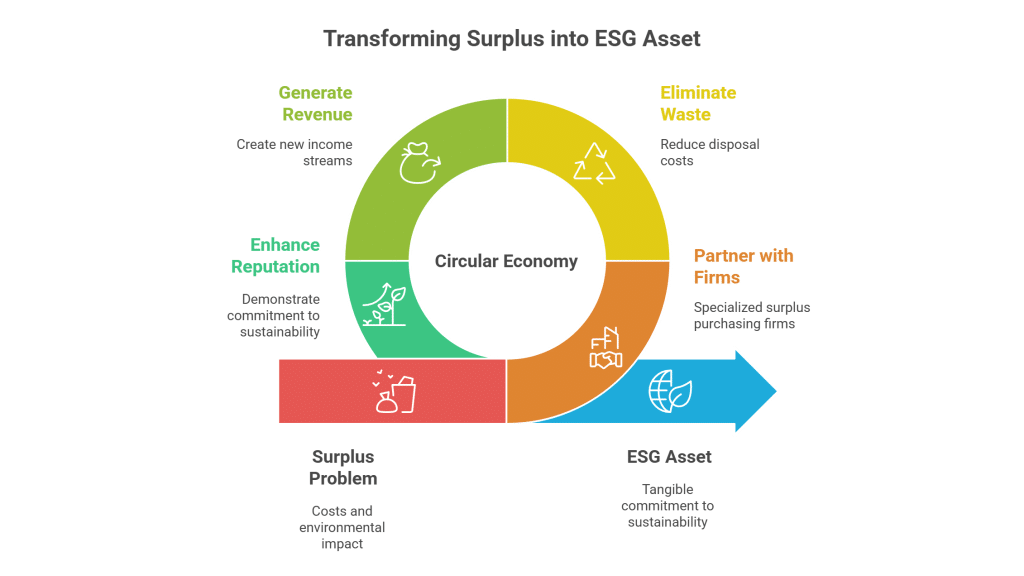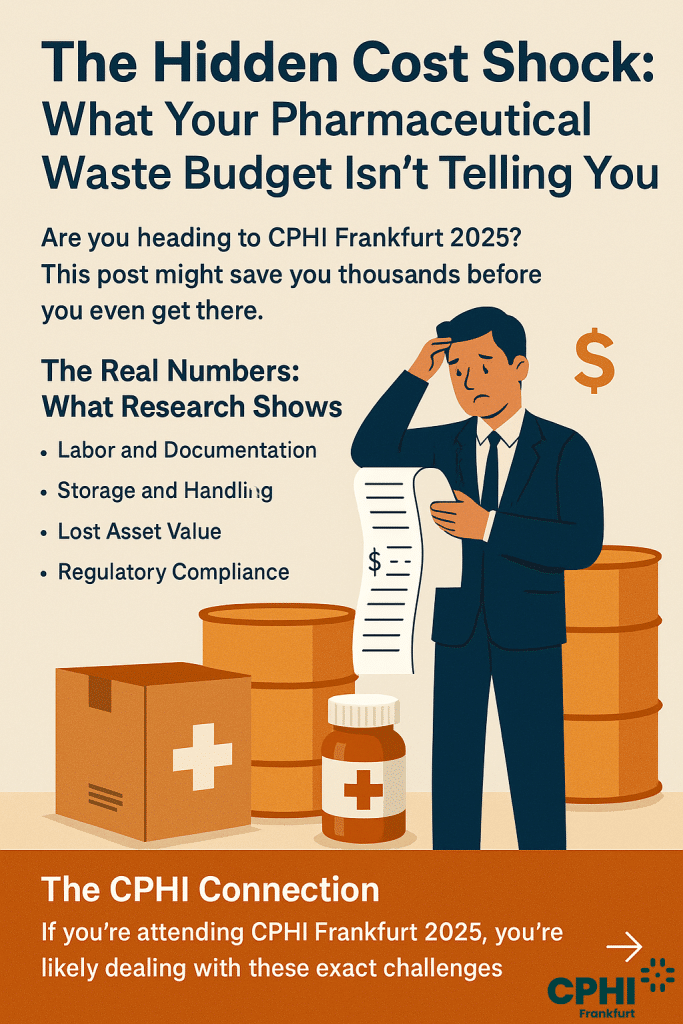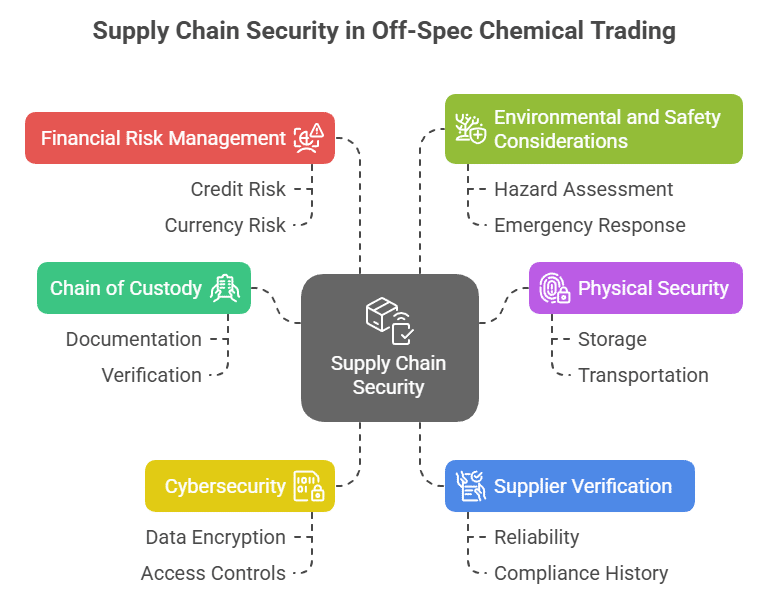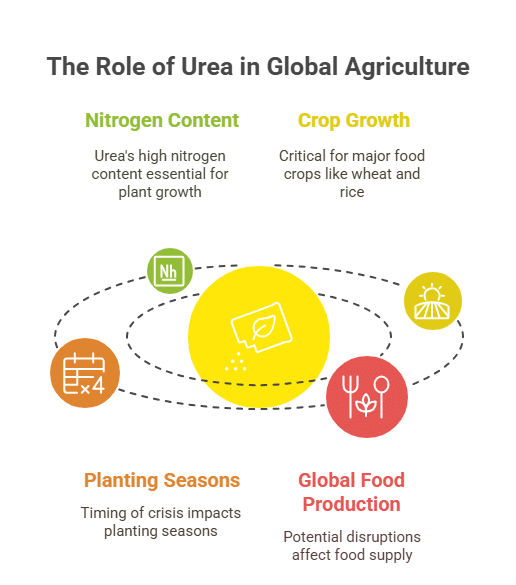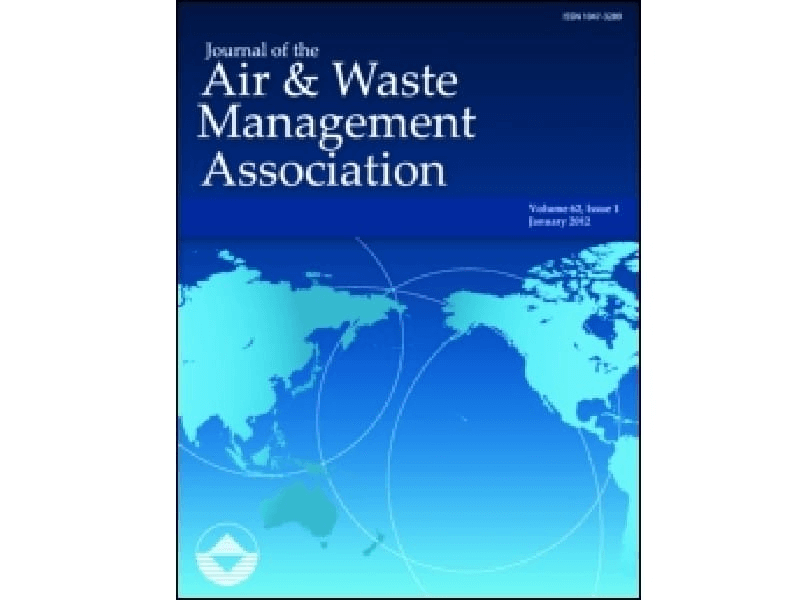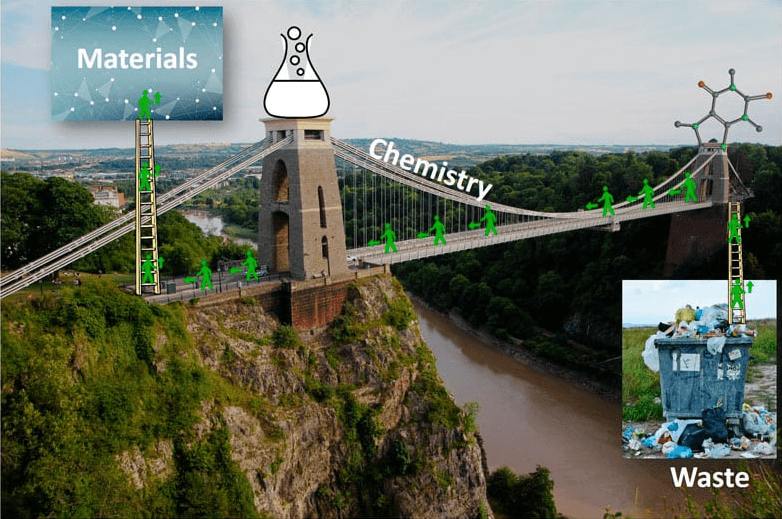Unlock the Value of Excess P2NP in Pharmaceuticals & Agrochemicals
Efficient Surplus Chemical Trading for P2NP in Pharmaceutical & Agrochemical Sectors
P2NP Applications in the Pharmaceutical & Agrochemical Industries
Table of Contents
Real-World Success: Turning Surplus P2NP into Profit
In one notable case, a mid-sized pharmaceutical manufacturer with surplus P2NP inventory faced significant challenges with excess stock accumulation and associated storage costs. By partnering with a surplus chemical trading platform, they converted their excess P2NP into much-needed capital, thereby freeing up valuable warehouse space and reducing disposal costs. This strategic decision not only improved their cash flow but also demonstrated a commitment to sustainable practices by minimizing chemical waste. Moreover, a buyer in the agrochemical sector acquired the surplus P2NP to support the synthesis of essential crop protection agents, resulting in enhanced production efficiency and regulatory compliance. The success story exemplifies how smart trading practices can create a win-win situation for both surplus sellers and buyers, ultimately driving industry innovation and environmental stewardship.




